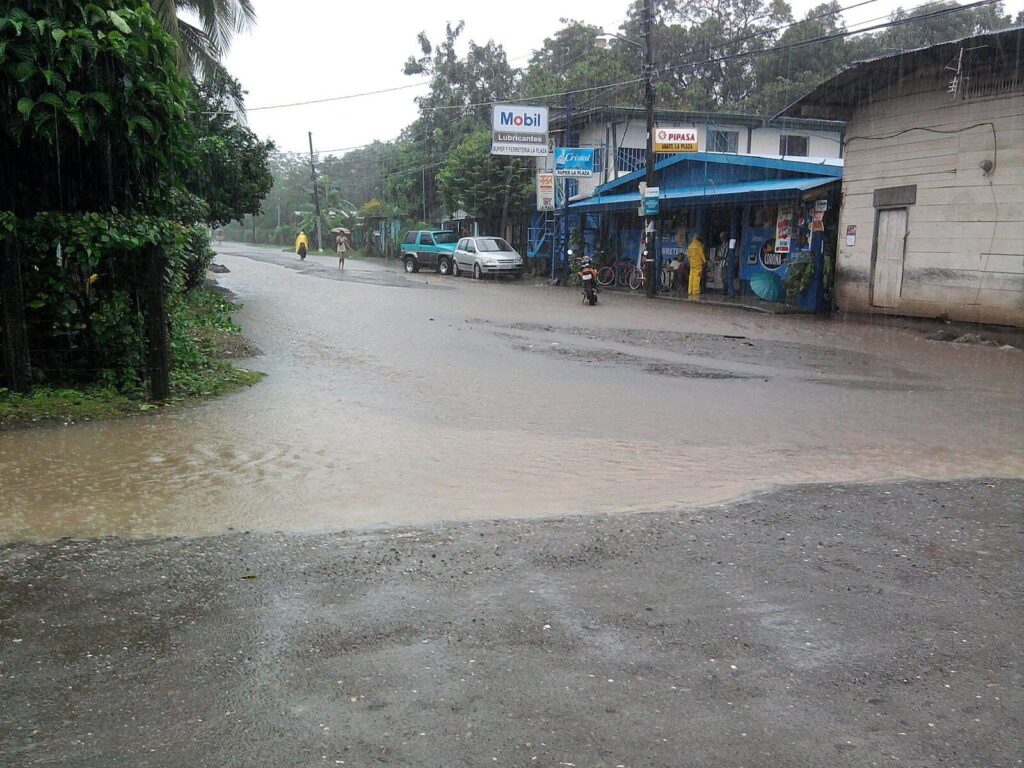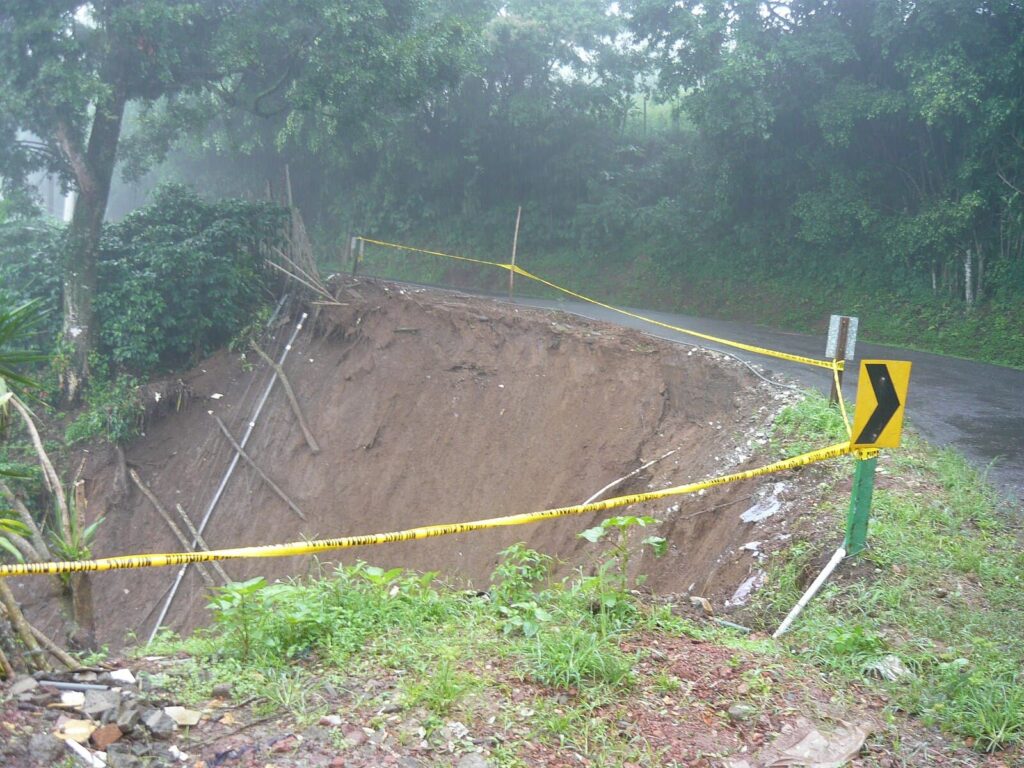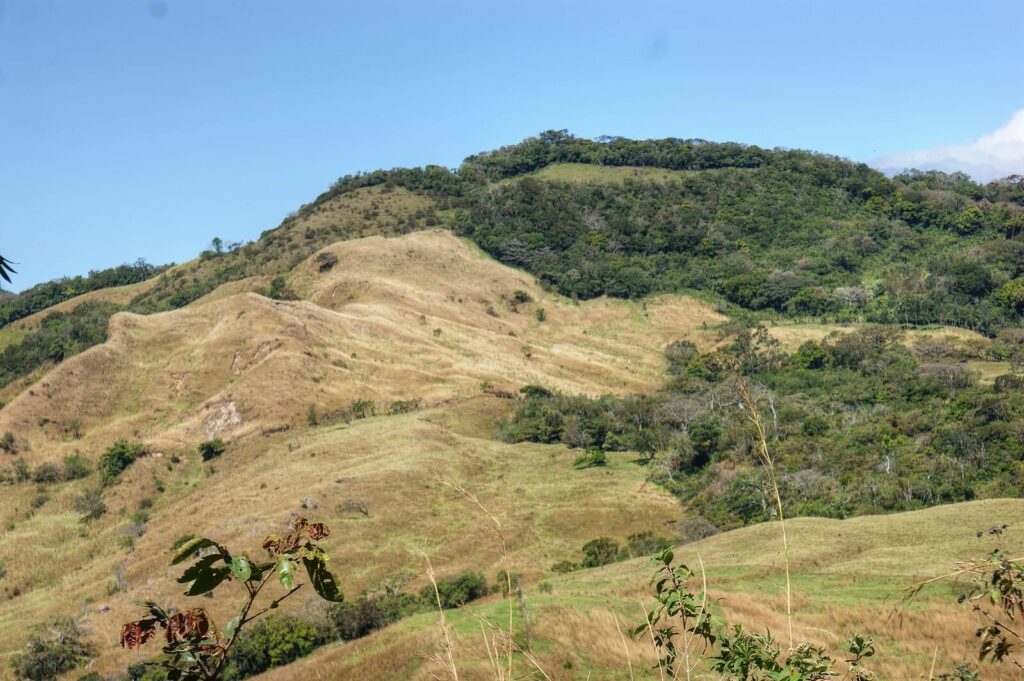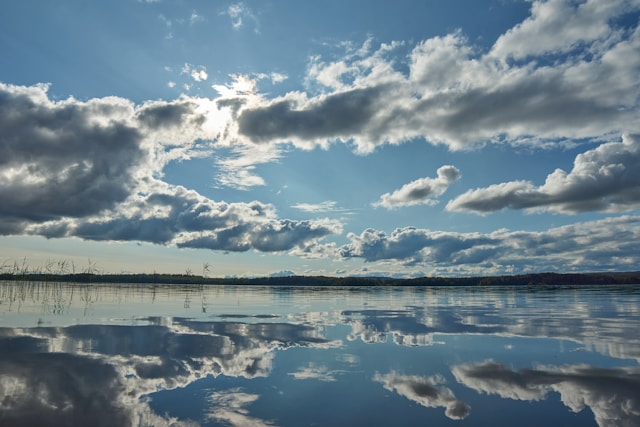When I first arrived in Costa Rica as a geologist in 2017, I thought I understood tropical weather. I was wrong. This tiny country between two oceans has taught me more about climate complexity than any textbook ever could. After eight years of living here, measuring rainfall, and chasing clear volcano views, I’ve learned that Costa Rica’s weather is as diverse as its wildlife.
Why I Chose Costa Rica as My Climate Laboratory
Costa Rica sits perfectly positioned on the Central American Isthmus. It’s squeezed between the Pacific and Atlantic oceans. This geography creates what we call microclimates. In one day, I can drive from dry plains to misty cloud forests to steamy rainforests. Each has its own weather patterns.
The first thing my neighbors told me was “it only rains in the afternoons during rainy season.” This turned out to be both completely true and absolutely false, depending on where you are.
Climate Zones I’ve Studied (and Called Home)

Tropical Dry Climate
I spent my first year in Guanacaste Province. The locals call it “dry,” but coming from a temperate climate, I learned that 40 inches of annual rainfall is still substantial. It just all comes in six months.
Tropical Rainforest Climate
The Caribbean coast humbled me quickly. My first field site taught me what 150+ inches of annual rainfall really means. My equipment got soaked regularly. I learned to respect real humidity.
Highland Climate
The Central Valley surprised me most. San José sits at 3,800 feet elevation. I actually keep a sweater here. Temperatures range from 60-80°F year-round. Locals call it “eternal spring” and they’re not wrong.
Cloud Forest Climate
Monteverde changed how I think about precipitation. The trees literally drink from the clouds. Cloud forests are sustained by rising moist air that constantly bathes the vegetation in precipitation. It’s precipitation without traditional rainfall.
The Reality of Costa Rican Seasons

Dry Season (December-April)
What locals call “summer” taught me that “dry” is relative. My rain gauge in San José barely registered during February and March. But in the mountains, I still recorded occasional drizzle.
The Pacific slope is characterized by a prolonged dry season lasting approximately from November until April or May. The northeast trade winds create a rain shadow effect.
Green Season (May-November)
I stopped calling it “rainy season” after year two. “Green season” fits better. Yes, it rains more. But the patterns are predictable. Mornings often start clear. Afternoon thunderstorms roll in around 2-4 PM. Evenings clear up again.
Recent years have shown that floods and storms have had the highest human and economic impact in Costa Rica. The patterns are shifting though.
Regional Weather: Where I’ve Pitched My Tent

Central Valley – My Home Base
San José averages 75°F year-round. The “eternal spring” marketing isn’t exaggerated. I’ve measured temperature variations of only 15-20 degrees between seasons. The biggest change is rainfall – 8 inches in dry season versus 25 inches during peak green season.
Caribbean Coast – Expect the Unexpected
On the Caribbean coast, December is by far the wettest month. This surprised me. While the Pacific side dries up in December, the Caribbean gets hammered. I learned to always pack rain gear here, regardless of season.
Pacific Coast – Three Different Worlds
I’ve monitored weather stations from Guanacaste to the Osa Peninsula. The northern Pacific (Tamarindo area) gets 60 inches annually. The central Pacific (Manuel Antonio) receives 100 inches. The southern Pacific (Corcovado) sees 200+ inches. Same ocean, completely different weather patterns.
Arenal Region – Patience and Persistence

Eight years of chasing clear volcano views taught me about microclimates. Arenal sits in the northern lowlands transitional zone. Temperatures range from 82 to 90°F during dry season, with very little rainfall.
The frustrating truth about Arenal: early morning or late afternoon are generally the best times for volcano viewing, as the weather is cooler, and you can avoid the midday heat. I’ve learned that 6-10 AM offers the clearest views. After that, afternoon clouds roll in from Lake Arenal.
For Arenal volcano tours, weather timing is everything. Dry season (December-April) gives you better odds of clear views. But even then, clouds form quickly around the 5,479-foot peak.
Mountain Regions – Sweater Weather in the Tropics
Chirripó taught me that Costa Rica has sub-alpine climate zones. At 12,500 feet, I’ve recorded temperatures near freezing. Cloud forests are located at elevations above 1000 meters. However, if temperatures continue to rise, the cloud forests will recede and begin at higher elevations.
What My Weather Station Data Really Shows
Temperature Trends I’m Measuring
The average temperature has increased between 0.2°C and 0.3°C per decade since 1970. That’s measurable warming. From the industrial era to 2020, land surface temperature in Costa Rica has increased by an average of 1.4°C.
My San José weather station confirms this urban heat island effect. The city retains more heat than surrounding green areas.
Rainfall Pattern Changes
Precipitation varies a lot from one year to another depending on the El Niño-Southern Oscillation (ENSO) phenomenon. I’ve lived through major El Niño and La Niña cycles.
The significant rainfall deficit caused by El Niño since 2023 has brought Costa Rica to a critical point in 2024. This past year was exceptionally dry. My rain gauges recorded 30-40% less precipitation than normal.
Costa Rica’s renewable energy generation decreased to 95% in 2023 due to low rainfall conditions for hydroelectric power. Costa Rica normally runs on 99% renewable energy. Drought forced thermal plants online.
Extreme Weather Increases
Extreme precipitation events with a 1% probability in a typical year from 1985-2014 are projected to become twice as likely. I’ve documented this personally.
Hurricane Otto in 2016 dumped 12 inches in northern Costa Rica. Hurricane Nate in 2017 caused $562 million in damages. These severe weather events point to climate change.
Climate Change: What I’m Measuring

Shifts in Seasonal Patterns
Rainfall is expected to decrease in the relatively drier regions in the North and Central Pacific and increase in the South Pacific and the Caribbean. My data confirms this regional divergence.
The dry season is getting drier in Guanacaste. The Caribbean coast receives more intense rainfall events. Traditional seasonal boundaries are blurring.
Temperature Projections
Under moderate climate scenarios, an increase of 1°C to 2°C is expected by 2070-2099 compared to the current climate. Even with aggressive climate action, we’re locked into significant warming.
By mid- to late-century, an increase of 2°C to 5°C is anticipated in the northern regions. The northern regions will warm most.
Ecosystem Impacts I’ve Observed
By 2070, most bird species will experience contractions in their geographic ranges. I’ve already documented elevation shifts in bird populations around Monteverde.
Coffee growing zones are migrating uphill. Expansion of areas for coffee production is expected, which may generate tensions between conservation and agriculture.
Living Here: Weather Wisdom I Wish Someone Had Shared
The Rain Jacket Rule
I always carry a rain jacket. Even in “dry” season. Even in Guanacaste. Costa Rican weather doesn’t follow schedules. Afternoon thunderstorms can appear from nowhere.
Layers Are Essential
Morning temperatures in San José can be 65°F. By afternoon, it’s 85°F. I’ve learned to dress in layers. The mountains require warm clothes year-round.
Timing Activities
For volcano tours, book early morning departures. For beach days, afternoons work better in dry season. For hiking, early morning avoids both heat and afternoon rain.
Weather affects transportation too. Mountain roads close during heavy rains. Domestic flights get cancelled. Build flexibility into travel plans.
Seasonal Strategies
Dry season (December-April): Book accommodations early. Prices peak. Dust increases. Water restrictions possible.
Green season (May-November): Better hotel rates. Lush landscapes. More wildlife activity. Roads may flood. Some remote areas become inaccessible.
What Eight Years Has Taught This Geologist
Costa Rica’s weather defies simple categorization. This country has seven distinct climate zones packed into an area smaller than West Virginia. Microclimates change within kilometers.
Climate change is measurable here. Temperatures are rising. Rainfall patterns are shifting. Extreme events are increasing. The Intergovernmental Panel on Climate Change identified Costa Rica as one of the hotspots where weather conditions will change the country’s current landscape in the next 50 years.
Yet Costa Rica remains remarkably resilient. The country generates nearly 100% renewable electricity. Carbon neutrality goals drive policy. Natural systems adapt continuously.
After eight years of measurements, I’m staying to see how the next decade unfolds. Costa Rica’s weather story is still being written. As a geologist, I want to document every chapter.
The locals were right about one thing: Costa Rican weather will surprise you. Just not always when you expect it.


